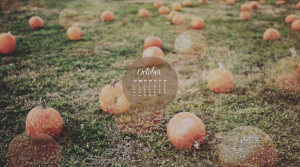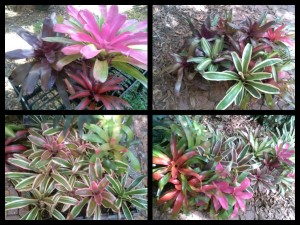With our recent slightly cooler mornings, it can only mean one thing: summer is drawing to an end. And, with this year's heavy rains, our summer garden chores seemed to be so far from ever ending! But, alas, they are, and it is with a wistful heart that I write today of the fall yard chores for your Tampa landscape. Over the next few weeks, there are some end-of-growing season chores to do, to get your landscape ready for the winter. Use this easy check list to see if you are done with your fall yard chores, or if you still have a few things left to do:
- Fertilize plants and grass for the last time this year
- Scout for scale insects on plants, and treat (you may need to do a follow up treatment in 10 days)
- Scout for grub evidence in sod, and treat (look for areas that are thinned out or go into drought state easily)
- Treat for weeds in your sod when temperatures fall below 85 degrees
- Test sprinkler system, make adjustments and repairs. Be prepared to reduce the amount of irrigation to be applied as temperatures drop
- Add new sod or plugs to bare patches of St. Augustine, or top-seed with Rye Grass in Bahia
- Replace summer annuals with winter annuals like Petunia or Pansy when temperatures are below 85 degrees
- Install cold hardy plants in your landscape
- Pull weeds in beds and spray weed control, if needed
- Add fresh mulch to barren beds to help keep down weeds, retain moisture to the roots of plants, and protect cold sensitive plants at their root zone
- Plant winter herbs and vegetables
- Do a final trim or cut back of landscape plants
- Trim palms, hardwood trees, and Crape Myrtles
I like to have all of these fall yard chores for Tampa landscapes finished by mid-November, with Thanksgiving weekend being the last marker date. With that, you can rest easy, as your beds have their final going through, all plants and grass have fertilizer, insect control, and mulch. the plants and trees are trimmed, and you can rest easy, to focus on family, holidays, and football!!!
Remember, as always, we will be happy to help you out with any of these chores, with either free advice and know-how, or free estimates to do the work.


